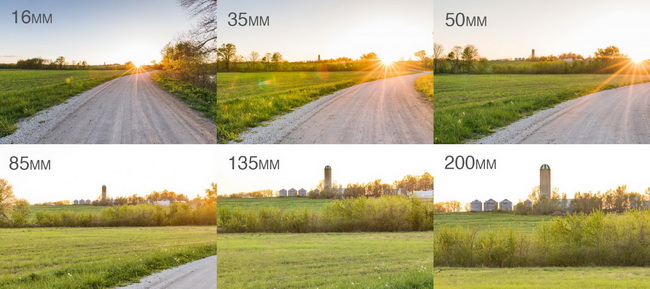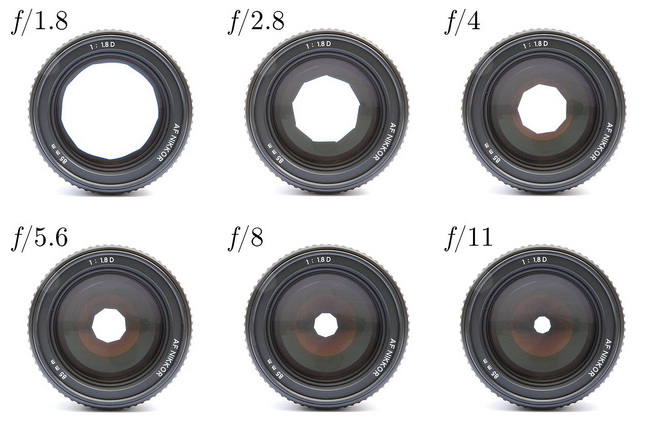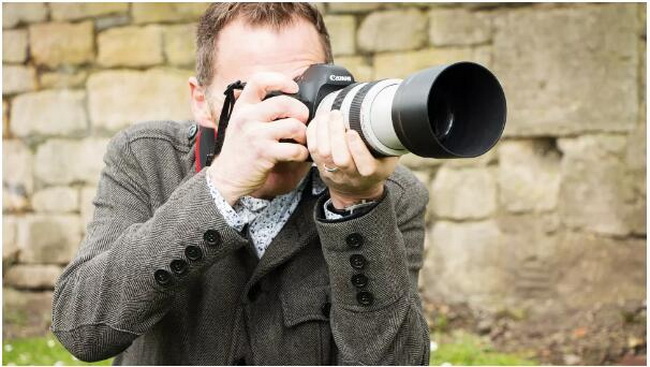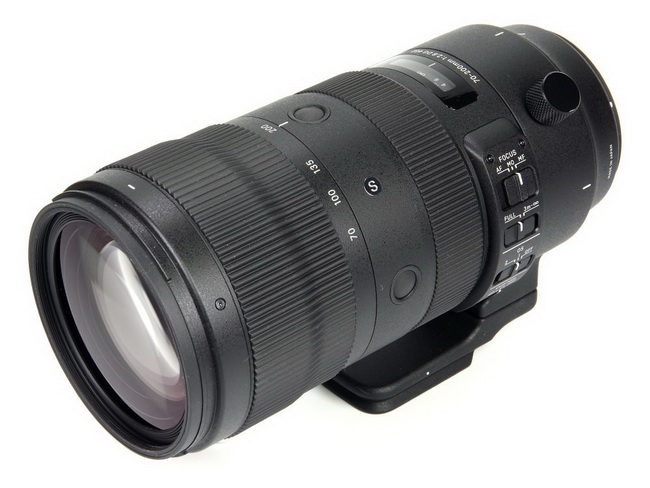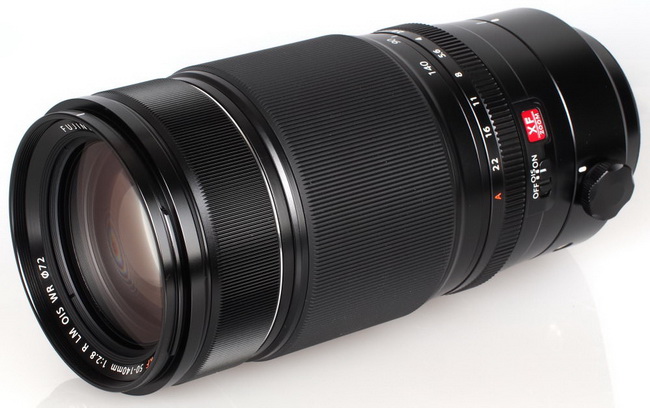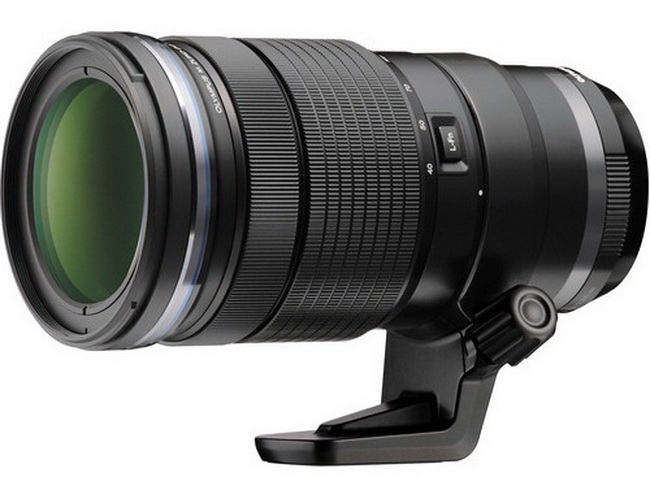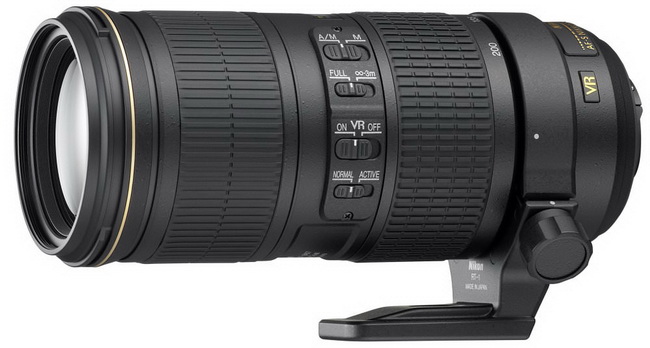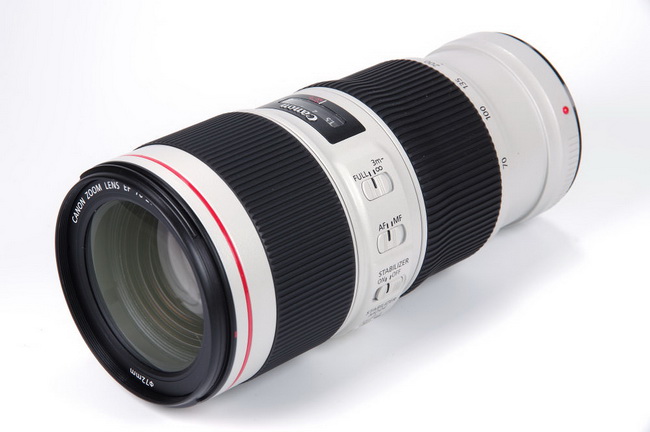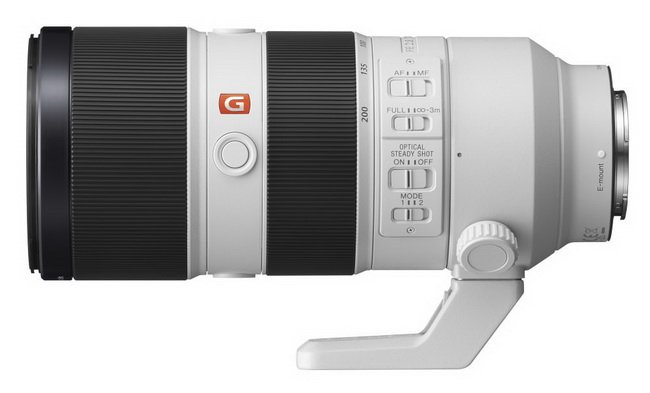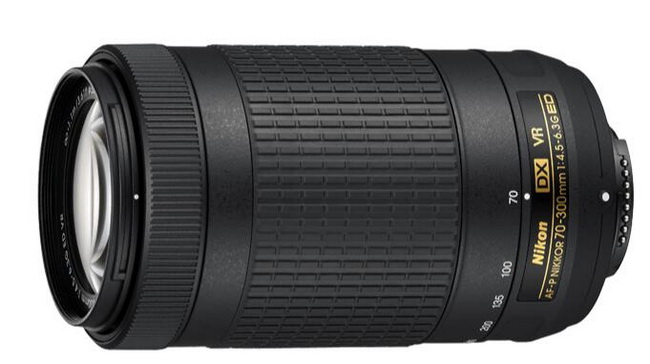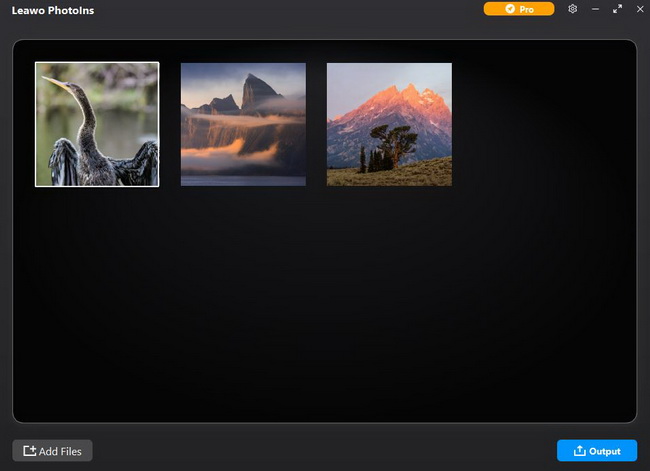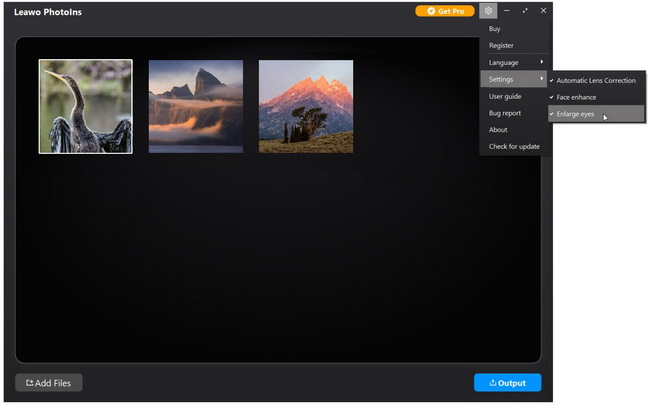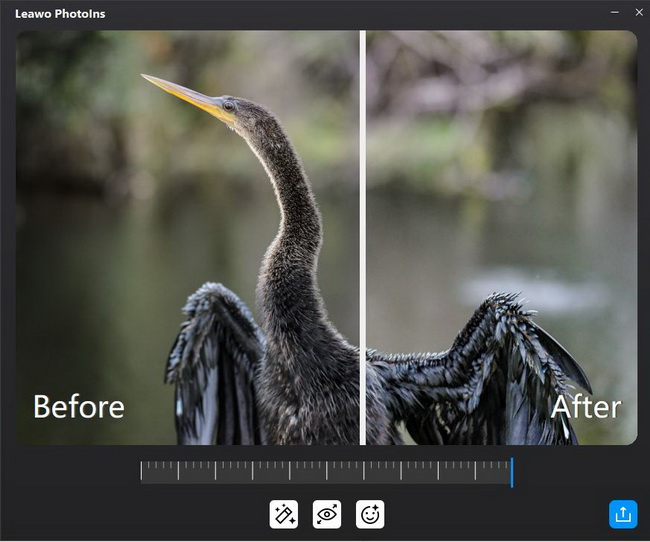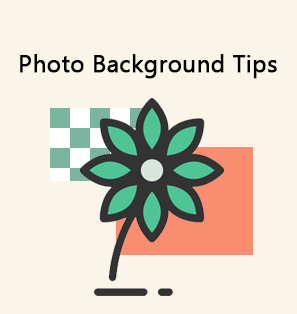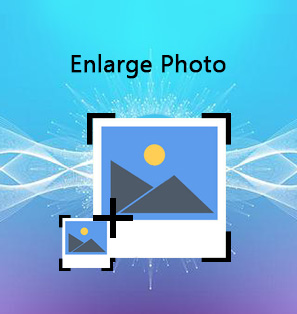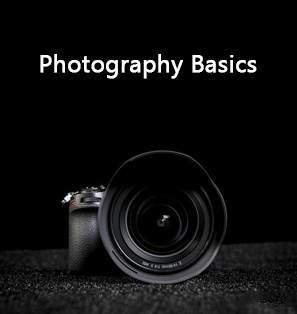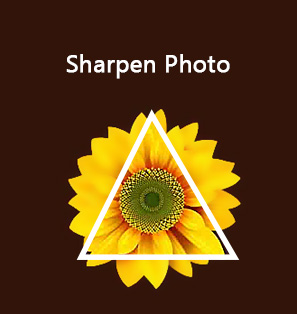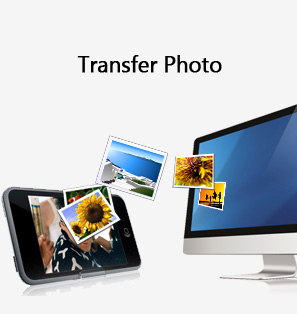With the improvement and increasing popularity of photography kits, almost everyone could be an excellent photographer to capture subjects and scenes that are impressive and memorable. And the telephoto lens is undoubtedly an amazing device to help you capture subjects and scenes that extend over a long distance. There are a variety of brand telephoto lens available for you to choose. You’re required to choose the best telephoto lens to shot excellent photos. In this post, there are 7 super best telephoto lenses recommended to you.
Part 1: What is an Ultra Wide Angle Lens?
A telephoto lens is a specific type of a long-focus lens in which the physical length of the lens is shorter than the focal length, giving a narrow field of view and a magnified image. It is crucially necessary to choose the super telephoto lens as it is indispensible in wildlife photography, portrait photography, abstract photography and so on. Besides, the super best telephoto lenses you choose would be incredible, with top-of-the-line build quality and performance. What’s more, to choose the best telephoto lens, there some features you need to take into consideration.
1. Focal Length of the Telephoto Lens
Focal length is always the most important feature you should consider when you choose the best telephoto lens. It is common sense that a lens with the focal length range from over 70mm to 200mm is a telephoto, and that over 300mm is s a super telephoto lens. Within the range of 200mm and above, there are prime lenses with fixed focal lengths and zoom lenses with variable focal lengths. The latter one is more common in use due to the greater flexibility to cover a huge array of super-tele focal lengths within a single lens.
2. Aperture of the Telephoto Lens
In order to choose the best telephoto lens, aperture would be the second most important feature taken into consideration. Defined as the opening in a lens through which light passes to enter the camera, aperture is one of the three pillars of photography (the other two being Shutter Speed and ISO), and certainly the most important. The aperture covers f/1.4, f/2, f/2.8, f/4, f/8.0, etc.—note that small numbers represent large, whereas large numbers represent small apertures. For example, an f/2.8 lens is significantly larger and heavier than an f/4 version. You must consider your needs and decide whether it is worth choosing the larger telephoto lens.
3. Optical Technologies
Optical technologies are utilized in super-telephoto lenses, from nano coatings to prevent flaring to fluorite elements that control aberrations. Besides, telephoto lenses have anti-reflective coatings to help eliminate flare and ghosting by reducing internal reflections. Moreover, many super telephoto lenses have an additional fluorine or water- and dust-repellent coating on the front and rear elements that will allow you to clean lenses easily.
Part 2: 7 Super Best Telephoto Lenses 2021
There are plenty of telephoto lenses on the market. If you’re looking for the best telephoto lens for photography, you’ve come to the right place. There list 7 best telephoto lenses of different brands available in this article.
◎ 1. Canon Telephoto Lens—Sigma 70-200mm f/2.8 DG OS HSM Sport
Sigma 70-200mm f/2.8 DG OS HSM Sport lens is one of the most popular designs of Canon’s L line, compatible with Canon EF-S and Canon EF mountings. As the fast, well-built telephoto lens with high quality materials and weather sealing, smooth and quiet focusing, it is one of the best telephoto lenses that help you produce great images with reasonable cost. It incorporates 9 FLD and 1 SLD low-dispersion glass elements, applying 11-blade rounded diaphragm for ultra-smooth bokeh. Supporting dual autofocus modes, it gives priority to autofocus or manual override respectively. The only downsides are that it is a bit bigger and heavier than most 70-200mm f/2.8 lenses, and only the tripod foot is detachable rather than the whole mounting ring.
◎ 2. Fujifilm Telephoto Lens—Fujinon XF 50-140mm f/2.8 R LM OIS WR
As the premium fast telephoto zoom lens for Fujifilm X-mount cameras, the Fujifilm Fujinon XF 50-140mm f/2.8 R LM OIS WR provides a field of view equivalent to a 76-213mm lens on a 35mm camera, and sports a fast constant f/2.8 maximum aperture and optical stabilization. It has a 75-210mm “effective” zoom range, featuring the latest technology so that users do not miss a shot in any conditions. By applying seals to each portion of the barrel, the lens is weather-resistant, dust-resistant and -10°C low-temperature operation.
◎ 3. Olympus Telephoto Lens—M.Zuiko Digital ED 40-150mm f/2.8 PRO
The M.Zuiko Digital ED 40–150mm f/2.8 PRO is a professional telephoto zoom lens made by Olympus for the Micro Four Thirds system, providing an 80-300mm equivalent focal length range. Its dust-, freeze-, and splash-proof design uses 11 separate seals to ensure the lens’s performance in inclement and harsh conditions. Moreover, its bright f/2.8 constant maximum aperture works in a variety of lighting conditions throughout the zoom range. Thanks to its robust build and relatively lightweight and compact size, the telephoto lens is easy to handle.
◎ 4. Nikon Telephoto Lens—AF-S Nikkor 70-200mm f/4G ED VR
Nikon AF-S Nikkor 70-200mm f/4G ED VR covers the popular 70-200mm range and offers a constant f/4 aperture. The lens is so popular because of its compact high-performance, lightweight and portable design. Employing Nikon’s latest iteration of image stabilization technology, it’s compatible with full-frame Nikon cameras, as well as APS-C bodies, and offers an equivalent field of view of 105-300mm. It also features vibration reduction, a Nikon in-lens technology that improves image stability by automatically compensating for camera shake.
◎ 5. Canon Telephoto Lens—EF 70-200mm f/4L IS II USM
Featuring a fluorite element and two low-dispersion UD elements, the EF 70–200mm f/4L IS II USM delivers the stunning contrast, sharpness and color fidelity you’d expect from an L series lens. That’s the reason why this is regarded as one of the best telephoto lenses. What’s more, it delivers a dust- and water-resistant construction with seals around the mount, switches, zoom ring and more. Also, the lens features an improved optical image stabilization system that reduces shake which is quieter, and focuses very fast with even mid distance adjustments being made almost instantly.
◎ 6. Sony Telephoto Lens—Sony FE 70-200mm f/2.8 G Master OSS
Sony FE 70-200mm f/2.8 G Master OSS features constant F2.8 70-200mm zoom with extraordinary G Master resolution and bokeh. It is so welcomed as it also offers unsurpassed rendering, blazing AF, and extraordinary image stabilization performance. Besides, it applies Sony’s original Nano AR Coating technology that minimizes flare and ghosting, for dynamic range that achieves lifelike detail and gradation with advanced camera sensors. The lens is lightweight, dust and moisture resistant and especially popular among landscape photographers.
◎ 7. Nikon Telephoto Lens—Nikon AF-P DX Nikkor 70-300mm f/4.5-6.3 G ED VR
The AF-P DX Nikkor 70-300mm f/4.5-6.3G ED VR features the superb optics and advanced technology used on Nikon’s high-end lenses. Using this lens our photos and videos will have rich, vibrant colors, deep contrast, minimal distortion and beautiful soft backgrounds, even in less than ideal conditions. It also features VR image stabilization that keeps photos sharp and videos steady when shooting handheld. The lens is compact and lightweight yet with a powerful zoom, helping you capture stunning close-ups of sports, wildlife, concerts, school events and so much more.
Part 3: How to Enhance RAW Photos Shot by the Best Telephoto Lens?
When you want to find some tips from photographers and photography websites, they recommend you to shoot in “RAW” while using a digital camera. A RAW file is simply a digital image file that is stored on your camera or smartphones memory card, which is minimally processed and usually uncompressed. Every camera manufacturer has their own RAW file format, for instance Canon RAW files are .CR2 or .CR3, whilst Nikon are .NEF. If you have got RAW photos shot by the best telephone lens, you may want to enhance RAW photos with photo quality enhancers to the next level. Leawo PhotoIns, an AI photo enhancer that automatically improves the quality of photos, will be of great help to perfect RAW photos shot by best cameras with super telephoto lens.
Step 1. Download and Install Leawo PhotoIns
Go to the official website to download Leawo PhotoIns for free, and then and install it on your PC.
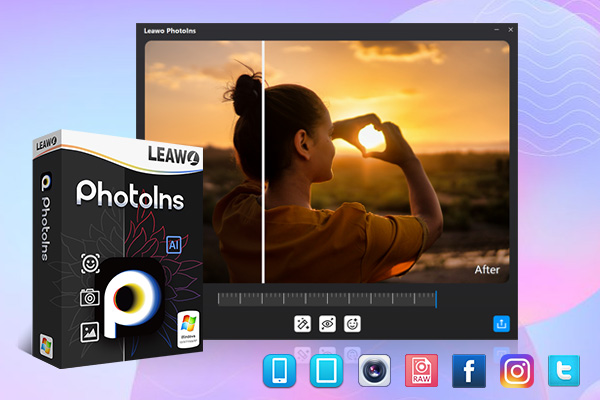
-
Leawo PhotoIns
- Enhance portrait photos easily with advanced AI technology
- Fix photo exposure and white balance issues automatically
- Optimize photo colors and perfect photo tints
- Make photos perfectly clear with smart dehaze
- Boost photo lighting and color quality
- Process RAW and JPG files
Step 2. Import RAW Photos for Enhancement
Once you have transferred RAW photos from your camera to your computer, you can launch Leawo PhotoIns and click the “Add Photo” button to import the RAW photos you would like to do enhancement to the program. Besides, you can also import the RAW photos to the program with direct drag-and-drops.
Step 3. Enhance RAW photos
Leawo PhotoIns can either process your RAW photos in batch or one by one to obtain the optimal results.
- Process RAW photos in batch
- Process RAW photos one by one
Once importing the photos to the program, you can click the gear button on the top right corner, choose “Settings” and “Automatic Lens Correction” to automatically perfect these RAW pictures for output. You can also optionally choose “eye enlargement” and “Face enhance” if you are processing RAW portrait photos for enhancement.
After importing RAW photos, select one loaded photo and double click it to open the photo editing interface. This photo AI enhancer will then automatically fix the distortion, chromatic aberration, and vignetting on your photos. There is one effect adjust bar enabling you to adjust the photo AI enhancing degrees. And you can view the photo effects “Before” and “After” in an instant previewer.
Step 4: Output settings
When your RAW photos are enhanced, click on the blue output button and to open the output settings interface. Now you will be able to choose output folder, set the format, quality and size as you like. And then click the blue “Output photos” button to export the enhanced RAW photos.

